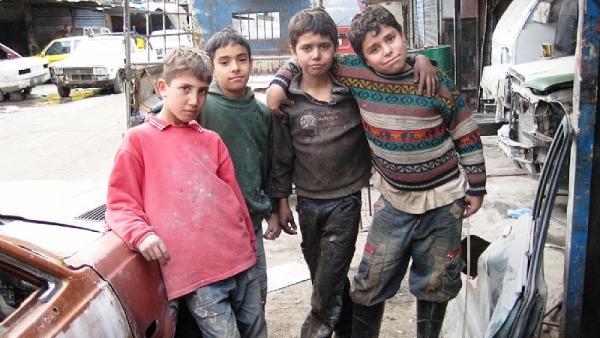Nearly one in three children in Turkey is growing up in poverty, according to a new report by the Economic Policy Research Foundation of Turkey (TEPAV), underscoring a deepening crisis in child welfare and highlighting a widening gap with European Union standards.
The study estimates that 7.1 million children, or 32 percent, live in households below the OECD-defined poverty line — 60 percent of the national median income. When calculated using the EU’s broader methodology, the figure rises to 34.2 percent, nearly double the EU average of 19.3 percent.
Including refugee children, the total jumps to 8.3 million, and alternative measures assessing absolute poverty push that number beyond 10 million.
The child poverty rate in Turkey has remained persistently higher than adult poverty, with a 2023 child poverty rate of 32 percent compared to 17.2 percent for adults — a gap that has held for nearly two decades.
Turkey’s public spending on children and families is among the lowest in Europe, amounting to just 0.45 percent of GDP, far below the EU average of 2.37 percent. While EU countries reduce child poverty by nearly 46 percent through social welfare programs, Turkey manages only a 19 percent reduction.
Alarmingly, around 2 million children are living in “deep poverty,” with limited access to essential services and higher vulnerability to child labor, exploitation, and criminal networks. The report cites a sharp increase in criminal involvement, with over 300,000 case files opened by prosecutors in 2023 involving children accused of more than 628,000 offenses — a 50 percent increase over the past decade.
The report also documents long-term effects of poverty, including lower educational attainment, health risks, and increased exposure to neglect and abuse.
Turkey’s child population has declined to 25.5 percent of the total population in 2024, down from 35 percent in the early 2000s, with births slowing and divorces rising. The removal of child-related tax credits in 2022, including the minimum living allowance, has further strained families financially.
Just 0.25 percent of the central government’s budget is allocated to child-specific welfare programs — a mere 6 percent of overall social protection spending, compared to the EU’s 2.37 percent of GDP.
TEPAV concludes that without comprehensive structural reforms in taxation and social spending, child poverty will continue to rise, particularly during economic downturns.



